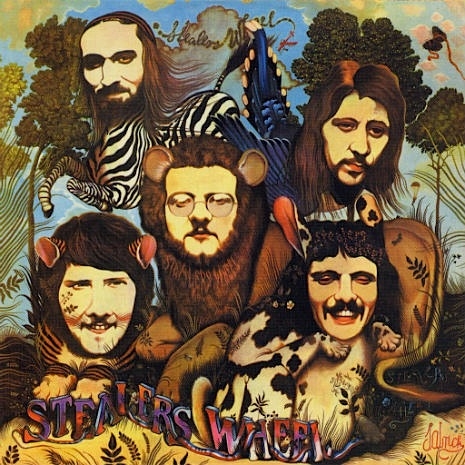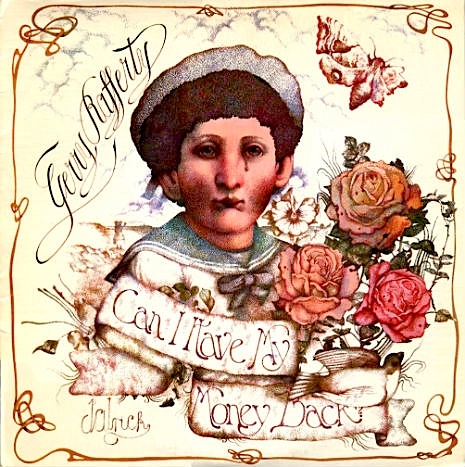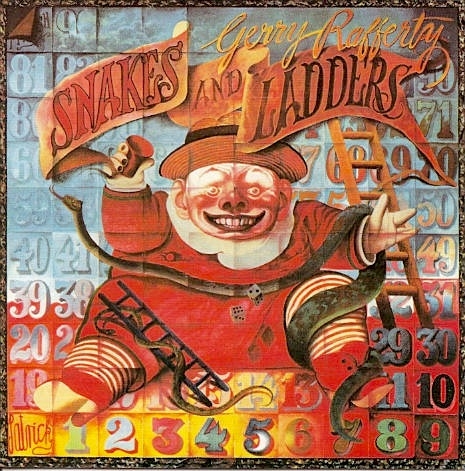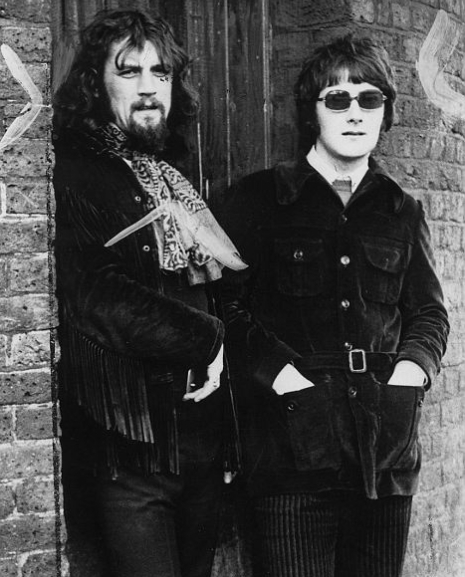
You may not know the name John Byrne, but you will have certainly seen his art work on the covers of albums by artists as diverse as The Beatles, The Humblebums, Stealer’s Wheel, Donovan, Gerry Rafferty and Billy Connolly.
Byrne is a Scottish artist and playwright, born in Paisley in 1940. He is the author of the multi-award wining TV series Tutti Frutti, which starred Robbie Coltrane and Emma Thompson, and Your Cheatin’ Heart, starring Tilda Swinton (to whom he is married).
For the theater, Byrne is best known for The Slab Boys which originally starred Coltrane, and later Sean Penn, Kevin Bacon and Val Kilmer in the 1983 Broadway production, Cuttin’ a Rug and Still Life. But Byrne is not just a writer and director for TV and theater, he is also a respected and successful artist, whose portraits of Coltrane, Swinton and Billy Connolly hang in the Scottish National Portrait Gallery in Edinburgh.
When Byrne first started as an artist in the 1960s, he found it difficult to have his work exhibited in London’s galleries. He therefore released a series of faux-naïf paintings under the name “Patrick” claiming the work to been made by his untrained father. “Patrick” became a star and was feted by London’s chattering classes, even having The Beatles commission “Patrick” to paint a cover for their 1968 White Album (it was later used on their Ballads compilation in 1980). When Byrne eventually revealed himself as creator of “Patrick’s” work, not everyone was entirely happy with his ruse, however by then, Byrne had established himself as a highly talented and successful painter.
During the 1970s and 1980s, Byrne produced a series of album covers for his friends Gerry Rafferty, Billy Connolly and Donovan. Byrne’s style is instantly recognizable, and as can be seen from this small selection of covers, book and DVD illustrations, utterly fabulous.




More from John Byrne, after the jump…







